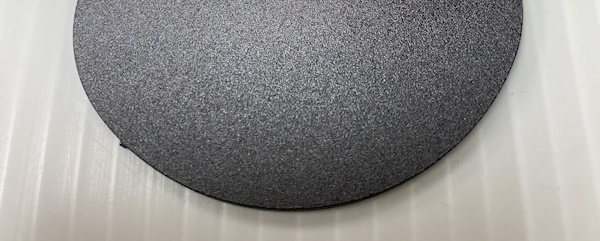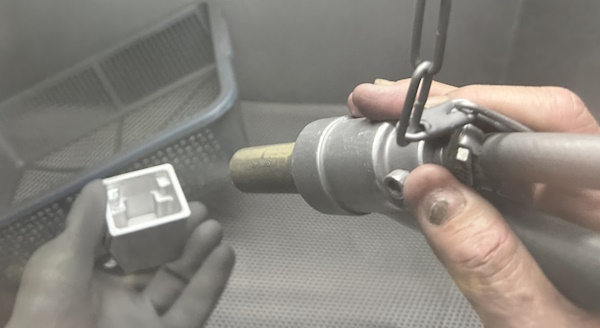What is Sandblasting?
Sandblasting is a technique that uses high-pressure airflow to spray abrasives onto the surface of an object to remove burrs, dirt, oxidation, coatings, or to adjust surface quality. It is widely used in various fields, including metalworking, automotive repair, ship restoration, construction, art restoration, glassmaking, and more.
The choice of abrasives depends on the specific application. Abrasives such as corundum, alumina, and steel shot can be used. Each abrasive offers different hardness levels, particle sizes, and shapes, resulting in varying effects.
When is sandblasting necessary?
Sandblasting is commonly used for the following purposes:
1. Remove rust, paint or clean the surface
The abrasive action of sandblasting works similarly to sandpaper, effectively grinding away rust or coatings from metal surfaces. While chemical treatments with acid solutions can also be used for this purpose, sandblasting is sometimes preferred for its cost-effectiveness and efficiency.
2. Creating textures
Some consumer products require a specific fine texture for decorative or functional purposes, which can be achieved through sandblasting.
3. Adjusting surface roughness
Sandblasting can modify the surface roughness of an object by using abrasives with a stable mesh size. It can also serve as a polishing method by gradually changing the abrasive mesh. This technique is particularly useful for objects with complex shapes that are difficult to grind manually.
4. Enhancing surface adhesion
Before painting or coating, a workpiece is often roughened through sandblasting to improve the adhesion between the material and the applied layer.
In metal processing, sandblasting can remove dirt, burrs, and processing marks from metal surfaces, achieving the goals of cleaning, polishing, and refining the surface quality of metal parts.
Additionally, thin plates or thin-walled workpieces are prone to damage and deformation due to internal stress, so special care should be taken.

What abrasives are commonly used in sandblasting plants?
Carborundum and Alumina. These two abrasives are essential in sandblasting plants within the hardware processing industry. Since the abrasive must be harder than the target material to generate the necessary impact, carborundum and alumina are commonly used. They are harder than most metal materials (except tungsten steel) and are extremely cost-effective, making them fundamental abrasives in sandblasting operations.
If you need to create texture on a workpiece without causing damage while achieving a matte finish, glass beads are the preferred abrasive.
Sandblasting abrasives are classified by mesh number, which indicates their fineness. A lower mesh number results in a rougher surface, while a higher mesh number produces a finer finish. For example, a sandblasted surface using a 320-mesh abrasive will be smoother than one using a 100-mesh abrasive.
You can find the photo display of the CNC machining parts made by us HERE!

